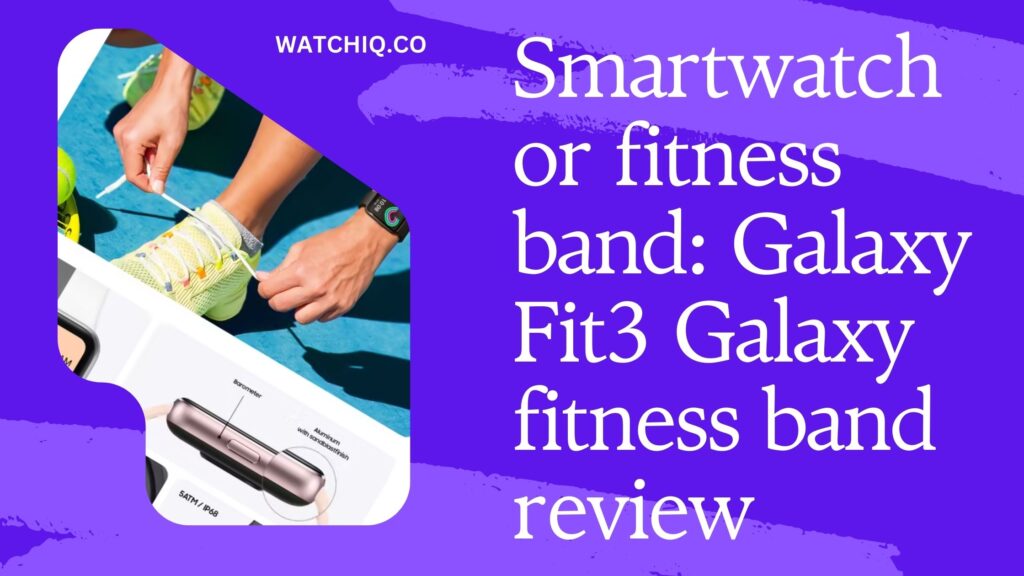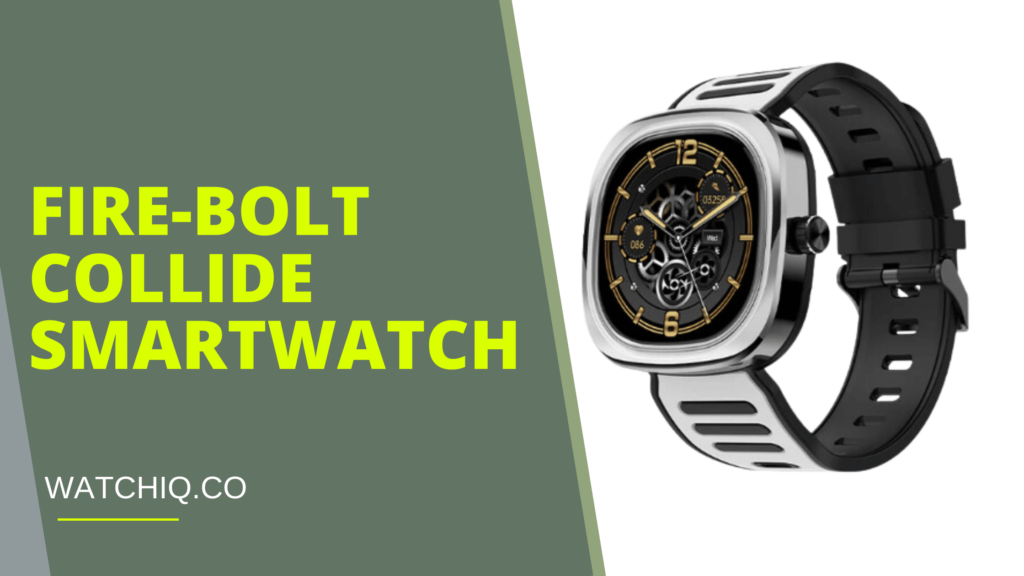In a highly anticipated Vice Presidential debate between Tim Walz and JD Vance, both candidates showcased their visions for the future, engaging in sharp exchanges on critical national issues. The discussion sparked widespread attention, setting the tone for the upcoming election. Here’s what happened in the discussion and the ten key takeaways that could shape the race forward.
Key Moments in the Debate
Opening Statements Set the Stage Tim Walz, a seasoned politician with years of public service, emphasized unity and the need to bridge political divides. JD Vance, a relative newcomer, aimed to position himself as an outsider ready to shake up Washington. Both candidates started strong, signaling an intense debate ahead.
Economic Policies in the Spotlight A significant part of the debate centered on economic policies, with Walz promoting investments in infrastructure and education, while Vance argued for reducing government spending and increasing support for small businesses. The clash of economic ideologies was a critical highlight of the debate.
Healthcare Reform Sparks Heated Discussion Healthcare became a hot topic, with Vance criticizing the current healthcare system’s inefficiencies, while Walz defended the expansion of affordable healthcare. Both candidates agreed on the importance of reform but presented vastly different approaches to achieving it.

National Security and Foreign Policy Divide On matters of national security, the candidates presented opposing views. Vance pushed for a more aggressive foreign policy stance, while Walz focused on diplomacy and strengthening alliances. This segment of the debate highlighted the stark contrast in their approaches to international relations.
Climate Change: An Urgent Issue Climate change emerged as a major point of contention. Walz stressed the need for immediate action to combat the effects of global warming, advocating for clean energy initiatives. Vance, however, prioritized energy independence through traditional energy sources, sparking debate over the best path forward.
Social Issues Take Center Stage Social issues such as immigration, education, and LGBTQ+ rights also took center stage. Walz advocated for inclusive policies, while Vance took a more conservative stance, arguing for tighter immigration controls and traditional family values.
The Debate’s Aftermath
- Public Reactions Are Divided Following the debate, public opinion remained divided. Supporters of both candidates claimed victory, with polls indicating a closely contested race. Analysts suggested that undecided voters could ultimately determine the outcome of the election.
- Media Coverage Highlights Differences Media outlets across the political spectrum highlighted different aspects of the debate. Conservative outlets praised Vance’s strong stance on foreign policy and fiscal responsibility, while liberal outlets commended Walz for his emphasis on unity and social justice.
- Fact-Checking Plays a Crucial Role As with any major debate, fact-checkers were quick to scrutinize the candidates’ claims. Both Walz and Vance were found to have made statements that required clarification, though none of the discrepancies were seen as game-changers.
- What’s Next for the Candidates? With the debate over, both candidates are expected to hit the campaign trail hard in the coming weeks. Voters will be watching closely to see how each candidate follows up on their debate performances and addresses the critical issues facing the nation.
The Tim Walz vs. JD Vance VP debate was a pivotal moment in the race, highlighting the stark differences between the two candidates. As the election draws closer, these key takeaways could play a significant role in shaping the outcome.



